 |
 |
 |
 |
 |
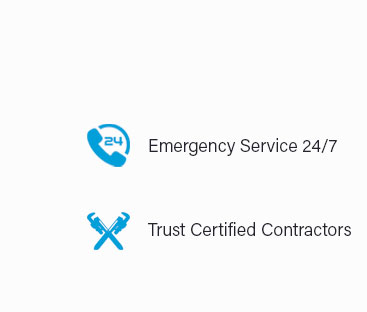 |
 |
 |
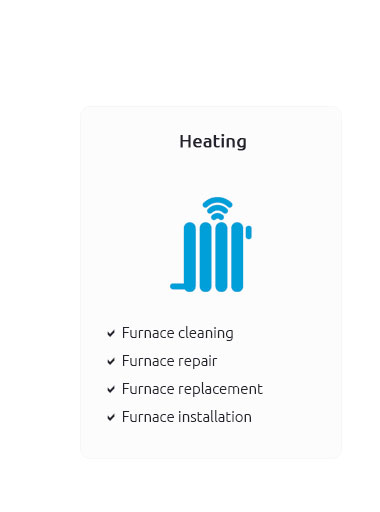 |
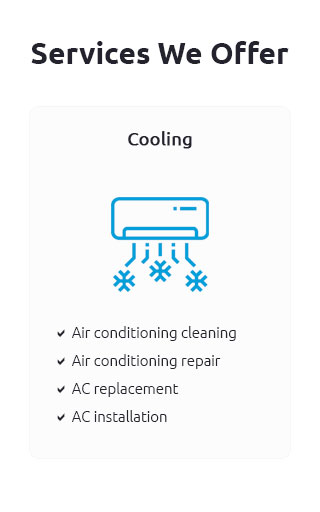 |
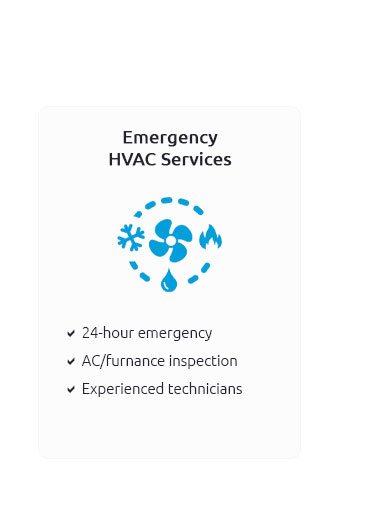 |
 |
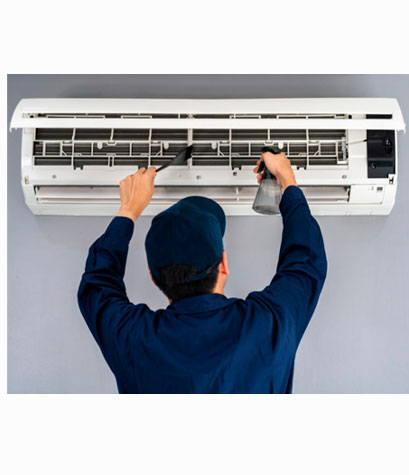 |
 |
 |
 |
|
Unleash the full potential of your comfort zone with our unrivaled HVAC services; whether it's air conditioning repairs or heating expertise you need, our local contractors are the seasoned experts you can trust to transform your home into a sanctuary of perfect temperature-seamlessly blending cutting-edge technology with years of industry know-how, we ensure every breath you take is a testament to quality and precision; say goodbye to discomfort and hello to a new era of indoor bliss.
https://www.homedepot.com/services/l/la/shreveport/heating-air-conditioning-repair/673dcc2c8
If you need your heating and cooling system repaired, The Home Depot has you covered. We are your local heating and air company, and you can trust our pros to ... https://www.sbcair.com/air-conditioning-service/ac-repair/
Turn to the experienced team at SBC Cooling + Heating for rapid and reliable AC repair in Shreveport, LA. With years of experience handling air conditioning ... https://www.moonsair.com/air-conditioning/ac-repair
Get reliable AC repair in Shreveport from trusted experts who ensure your system runs efficiently. Quality service, clear communication, ...
|